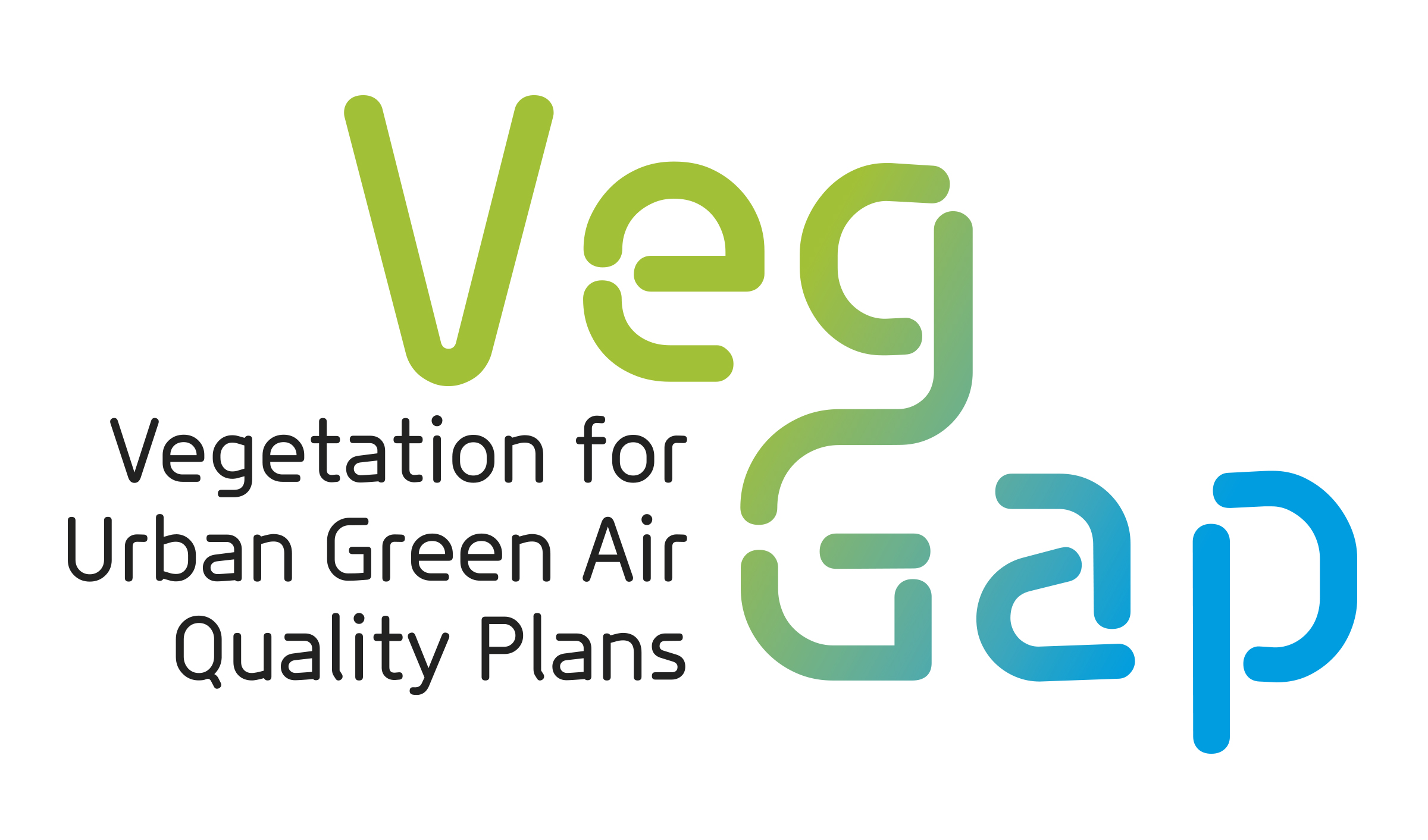Ozone (O3) is a dangerous
air pollutant when it penetrates the small pores on leaves called stomata.
These small "mouths" allow the gas exchanges that are fundamental
both for the photosynthesis of the plant and for their release of oxygen and water
vapour. Given the centrality of these aspects in all natural and artificial
ecosystems, the correct assessment of risk thresholds for vegetation caused by
O3 is the subject of numerous and accurate studies and research.
In addition, in the pilot
cities of the VEG-GAP project, the analysis of the effects of O3 concentrations
on vegetation is particularly focused, since the Mediterranean climate promotes
the production of tropospheric O3 due to a sustained photochemical activity
driven by hot and sunny summer conditions. O3 enters through the stomata of
leaves where it undergoes oxidation reactions, forming reactive oxygen species
and causing damage to biomolecules, including cell membranes, proteins and DNA,
and leading to reduced plant growth.
Now, thanks to the study
published in issue no.
287 of the prestigious international journal Environmental Pollution, in which the CREA partner
in the VEG-GAP project, Silvano Fares, has collaborated on the conceptualisation
and methodology, these risk threshold assessments will be able to benefit from
new data and approaches, which can investigate how, for example, for some tree
species (the evergreen Quercus ilex) it is possible to speak of a "memory
effect" in their response to O3 that can last beyond one season.
Specifically, the study
compared tests carried out with different approaches to improve the accuracy of
risk threshold simulations. This allowed the identification of the most
appropriate formulation for a holm oak (Quercus ilex) forest growing in a
Mediterranean climate, where O3 concentrations are relatively high and seasonal
droughts are common.
The research was made
possible thanks to the Castelporziano Scientific Commission, the
Multidisciplinary Centre for the Study of Coastal Mediterranean Ecosystems and
the Management of the Castelporziano Estate. However, his team wanted to give
explicit recognition to VEG-GAP, mentioning it as one of the international,
European, national and regional projects that actively supported their study
and allowed it to be widely and freely disseminated throughout the scientific
community.


